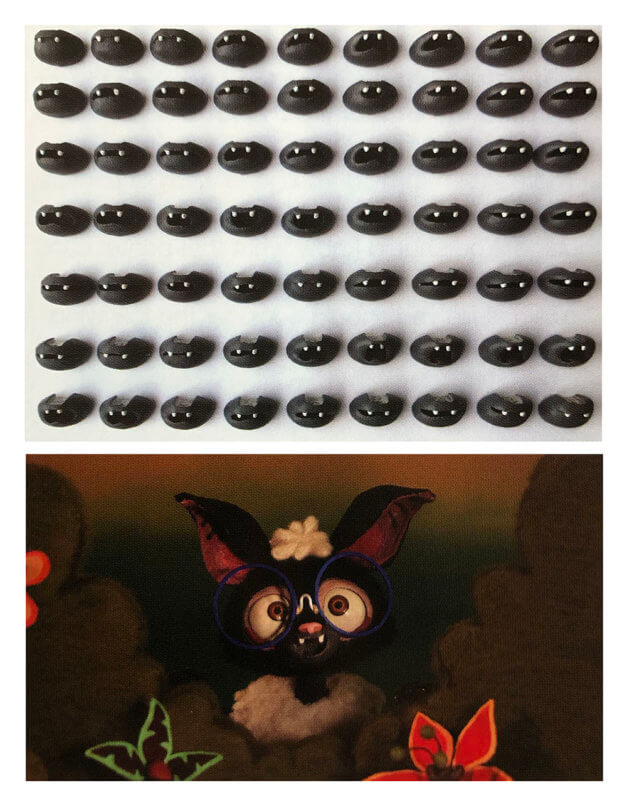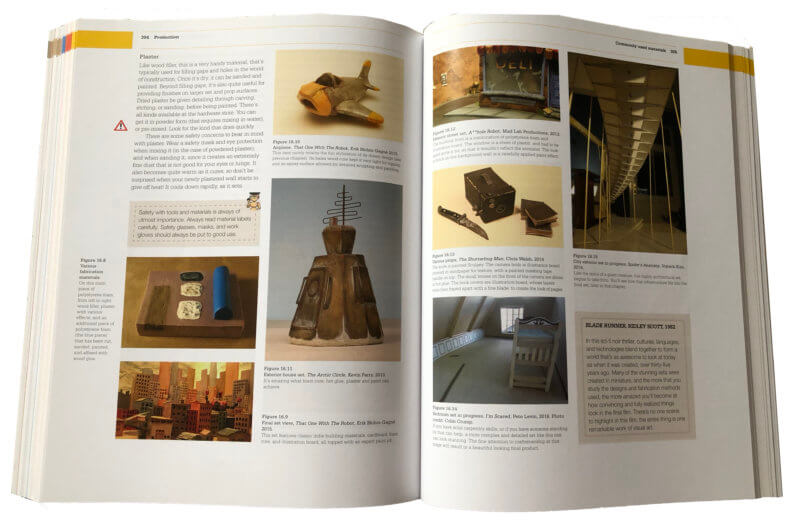Stop-Motion Filmmaking – Book Review
Of the numerous books that offer guidance for stop-motion fabrication, Christopher Walsh’s Stop-Motion Filmmaking (Bloomsbury) is a particularly well organised and up to date entry. Highly detailed and comprehensive, it is perhaps aimed at a more competent or confident practitioner or enthusiast, though would be an ideal companion to any student or practitioner seeking to create their first stop-motion test or film as well as those who are looking for a higher level of finish in their work.
Covering all the major themes such as puppet construction, sets, lights, cameras and design, Walsh also gives an overview of the process of actually making a film. What stands out in this book, in particular, is the breadth of examples and case studies that have been highlighted. The book uses examples from all areas and levels of the animation industry, right up to the year of publishing, rather than the more prominent or ‘obvious’ examples. The book is laid out professionally but is written with a good sense of humour that won’t alienate or patronise its readers. The thoughtful and effective tips throughout the pages emphasise good practice as well as pre-empting many of the mistakes early users of the medium often fall into. This is the book I wish I’d had when I first started making films or creating animated content in stop-motion.
 It is also the first book I’ve come across to discuss and document the process of – and provide a step by step guide to creating – 3D printed mouth replacements for stop-motion production, a system that more and more student and filmmakers are becoming interested in, as it offers new possibilities as well as a potentially quicker, easier solution to its traditional sculpted or cast counterparts (though these are also catered for within the book). Although the instructions are clear and indeed useful it does require prior knowledge of a modelling software as is stated in the introduction to the process.
It is also the first book I’ve come across to discuss and document the process of – and provide a step by step guide to creating – 3D printed mouth replacements for stop-motion production, a system that more and more student and filmmakers are becoming interested in, as it offers new possibilities as well as a potentially quicker, easier solution to its traditional sculpted or cast counterparts (though these are also catered for within the book). Although the instructions are clear and indeed useful it does require prior knowledge of a modelling software as is stated in the introduction to the process.
The focus here is on designing a puppet that services the story or character performance at hand, whilst using the best resources and materials available to the maker within their budget, discussing multiple processes and design options. However, if you are looking for instructions on creating a jointed Ball and Socket armatures, this book briefly describes them but doesn’t lead you through the process; due to the cost, amount of skill and machinery needed for this kind of fabrication, this is perhaps wise but may prove a disappointing omission if this is something you were looking for. The book also offers some interviews with leading experts in their areas, giving an insight into the working practices being used in industry today.

I found Walsh’s section on lighting particularly illuminating (puns feature heavily in this book, to my great joy) as this subject is often overlooked by young filmmakers. Rather than simply documenting what types of lights can be used, Walsh also provides information on specialised lighting effects, as well as how they can and have been used for emotional range and narrative suggestion.
What this book offers, in essence, is a stop-motion course in one solid volume, taking you from initial training, testing, puppet fabrication techniques to story construction, all the way to building a portfolio, seeking funding and ways of distributing your film. Walsh is clearly a knowledgeable and passionate advocate for stop-motion filmmaking and hopefully this book will be picked up by animators and the knowledge within will help create multiple new films to come.
Stop-Motion Filmmaking is available now through Bloomsbury Publishing

